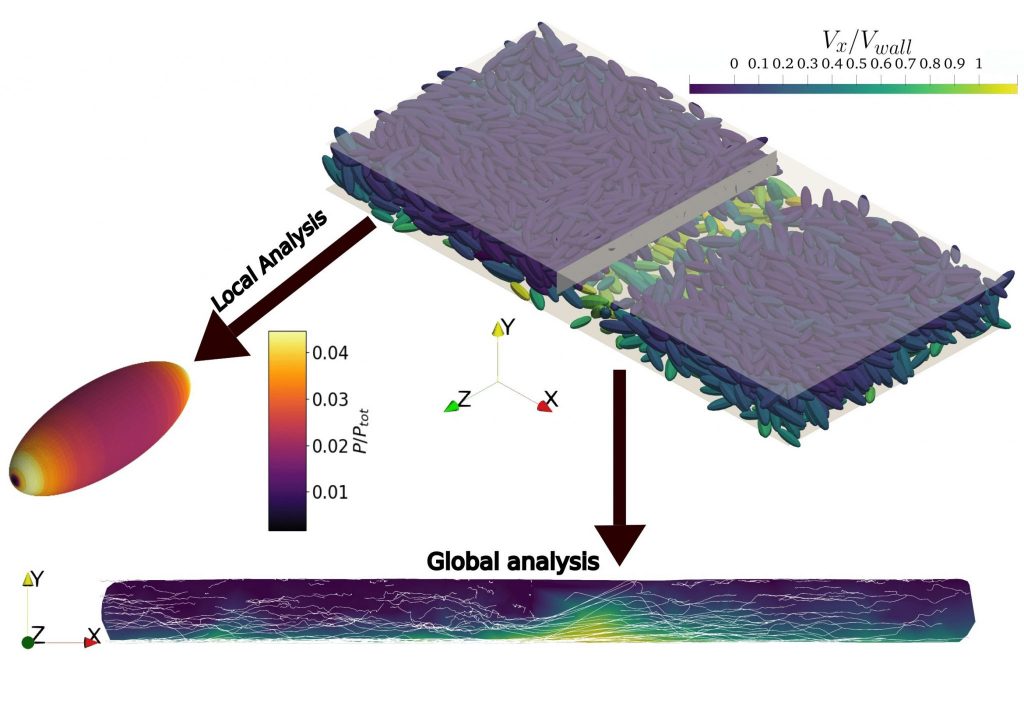Granular matter is ubiquitous in nature and industry, accounting for approximately 70% of the materials handled and processed. Its behavior can vary dramatically—acting like a solid, liquid, or gas depending on the circumstances. Therefore, a comprehensive understanding requires insights both at the single particle level (involving tribology and solid mechanics) and at the system level (involving rheology and fluid mechanics).
In collaboration with Bühler AG, this research aims to develop a deeper understanding of the physical mechanisms governing granular matter, moving beyond the empirical approaches that have been used to design food processing machines over the past few decades.
By utilizing parallel DEM (Discrete Element Method) simulations, we can generate data at both the particle and flow scales, providing insights that are difficult to achieve through experiments alone. These simulations also enable rapid exploration of the design parameter space, allowing us to assess how factors like geometry and material properties influence system behavior.
Additionally, we will exploit dimensional analysis and scaling laws to predict average flow behavior, stress intensities, and their fluctuations. These predictive tools could help optimize the design and efficiency of machinery, reducing energy consumption and improving process control in the handling of granular materials.
